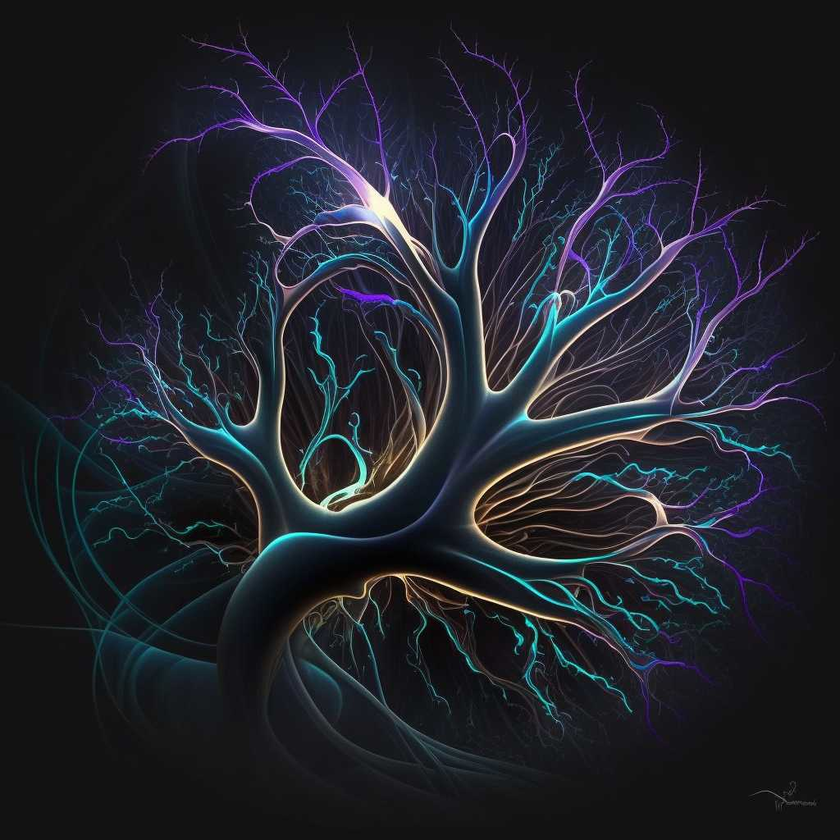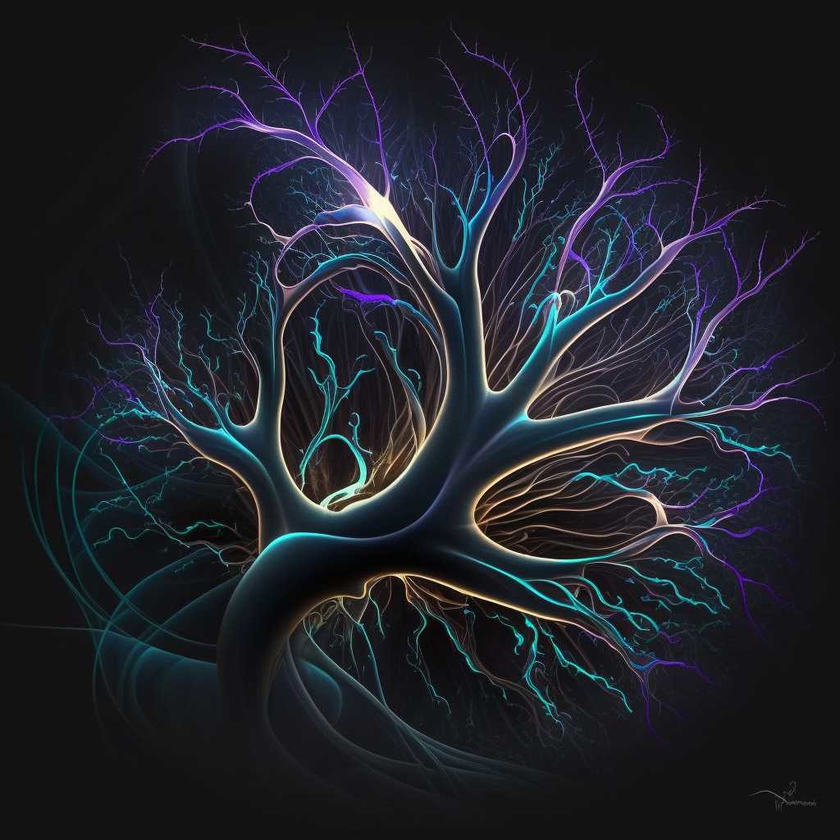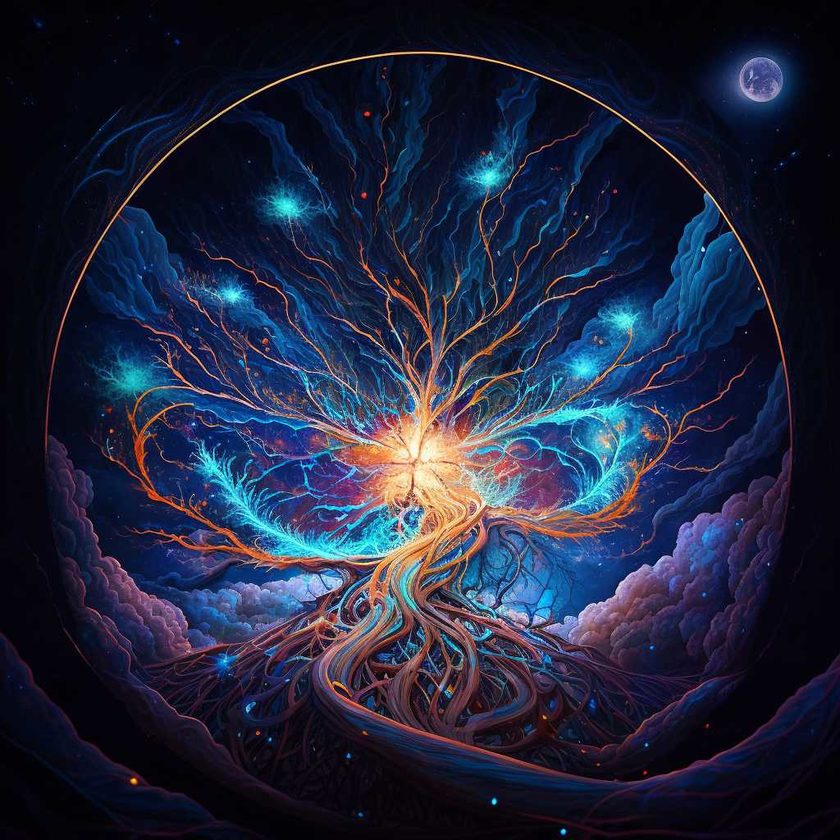Decoherence is a phenomenon in quantum mechanics that describes how particles interact with their environment and how these interactions can cause the wave function of a particle to collapse. It is an important concept in quantum mechanics, as it explains how particles can transition from a quantum state to a classical state.
In the context of the Vibrational Web Theory, decoherence can be thought of as a process by which the vibrations of particles interact with the vibrations of the web, causing the wave function of the particle to collapse. This process can be thought of as analogous to the waves of an ocean, where the waves interact with each other and create complex patterns. In the same way, the vibrations of particles interact with the vibrations of the web, causing the wave function of the particle to collapse.
To illustrate this concept, consider a thought experiment in which a particle is placed in a box with walls that are made up of vibrational patterns. The particle is in a quantum state, meaning that it is in a superposition of multiple states at once. As the particle interacts with the walls of the box, the vibrations of the walls interact with the vibrations of the particle, causing the wave function of the particle to collapse. This process is known as decoherence, and it is an important concept in quantum mechanics.
Decoherence is an important concept in quantum mechanics because it explains how particles can transition from a quantum state to a classical state. It is also an important concept in the context of the Vibrational Web Theory, as it explains how particles interact with the vibrations of the web and how these interactions can cause the wave function of a particle to collapse. By understanding the concept of decoherence, we can gain a better understanding of how particles interact with each other and the environment, and how these interactions can lead to changes in the behavior of matter and energy.
The concept of decoherence has been supported by a number of experiments, including the double-slit experiment and the Stern-Gerlach experiment. In the double-slit experiment, a beam of particles is passed through two slits and the interference pattern that is observed is an indication of the wave-like nature of particles. In the Stern-Gerlach experiment, a beam of particles is passed through a magnetic field and the particles are observed to be deflected in different directions, indicating that the particles have a spin. In both experiments, the wave-like nature of particles is observed, and this wave-like nature is an indication of the vibrations of the web.
The concept of decoherence is an important part of the Vibrational Web Theory, as it explains how particles interact with the vibrations of the web and how these interactions can cause the wave function of a particle to collapse. By understanding the concept of decoherence, we can gain a better understanding of how particles interact with each other and the environment, and how these interactions can lead to changes in the behavior of matter and energy. Additionally, the concept of decoherence can help us to understand the wave-like nature of particles and the behavior of matter and energy in the universe.
















